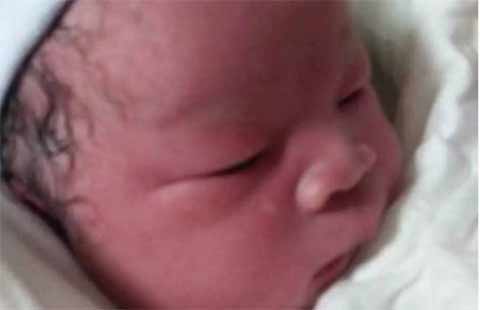White paper on medical and health services in China
(China Daily) Updated: 2012-12-27 09:26I.
Basic Conditions
People's health has been improved. Judging from important indicators that give expression to national health, the health of the Chinese people is now among the top in developing countries. In 2010, the life expectancy was 74.8 years - 72.4 years for males and 77.4 years for females; the maternal mortality rate went down from 51.3 per 100,000 in 2002 to 26.1 per 100,000 in 2011; the infant mortality rate and the mortality rate of children under the age of five have kept dropping, with the former going down from 29.2 per thousand in 2002 to 12.1 per thousand in 2011, and the latter, from 34.9 per thousand to 15.6 per thousand, attaining ahead of schedule the UN Millennium Development Goal in this regard.
Medical and healthcare systems covering both urban and rural residents have been put in place. Of these systems, the first is the public health service system, which covers disease prevention and control, health education, maternity and child care, mental health, health emergency response, blood collection and supply, health supervision, family planning and some other specialized public health services, and a medical and healthcare system based on community-level healthcare networks that provides public health services. The second is the medical care system. In the rural areas, it refers to a three-level medical service network that comprises the county hospital, the township hospitals and village clinics, with the county hospital performing the leading role, and township hospitals and village clinics service at the base. And in the cities and towns, it refers to a new type of urban medical health service system that features division of responsibilities as well as cooperation among various types of hospitals at all levels and community healthcare centers. The third is the medical security system. This system comprises mainly the basic medical security, supported by many forms of supplementary medical insurance and commercial health insurance. The basic medical security system covers basic medical insurance for working urban residents, basic medical insurance for non-working urban residents, a new type of rural cooperative medical care and urban-rural medical aid, which cover, respectively, the employed urban population, unemployed urban population, rural population and people suffering from economic difficulties. And the fourth is the pharmaceutical supply system, which covers the production, circulation, price control, procurement, dispatch and use of pharmaceuticals. The recent work is focused on establishing a national system for basic drugs.
- Health certificate steps reduced for foreigners
- Himalayan rail route endorsed
- Beijing lawyer Zhou Shifeng jailed for subversion
- China opens S China Sea website
- Ministry issues draft rules for car-hailing business
- 700 officials punished by green teams
- Hangzhou learns the language of summit success
- Panda twin births boost the hopes for survival
- Top court clarifies law at sea
- Nida's landfall brings travel to a standstill










